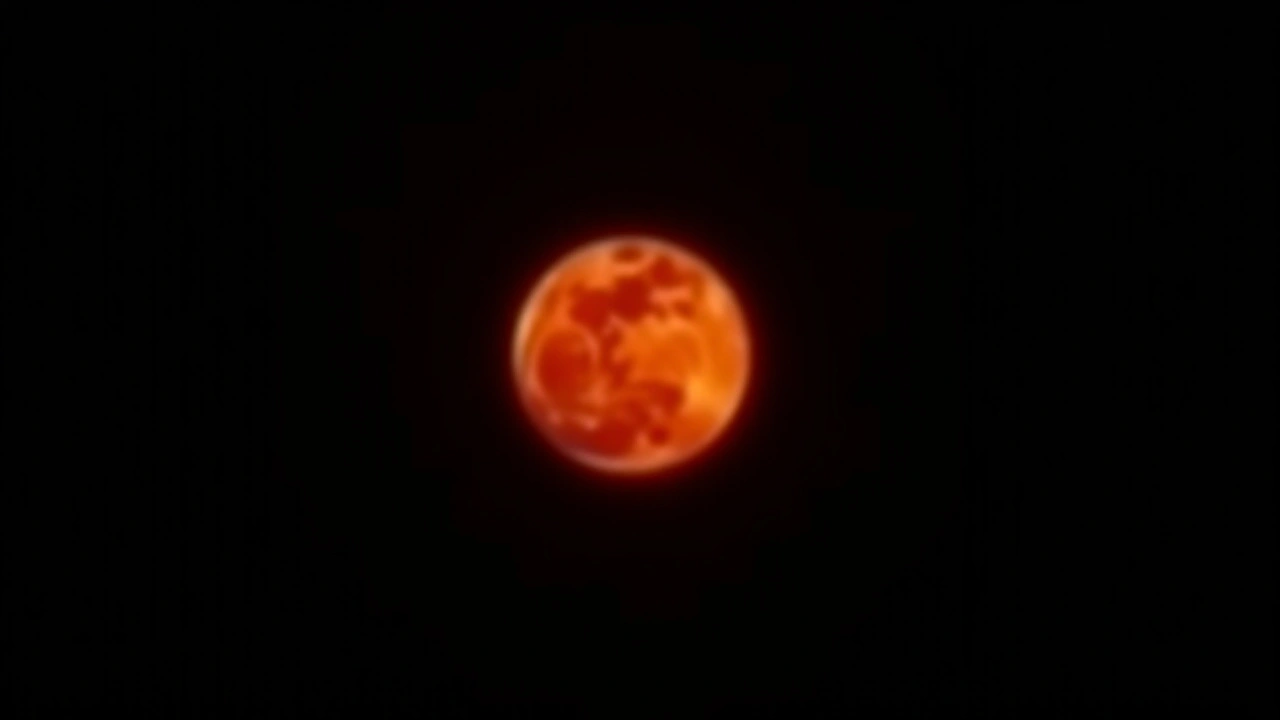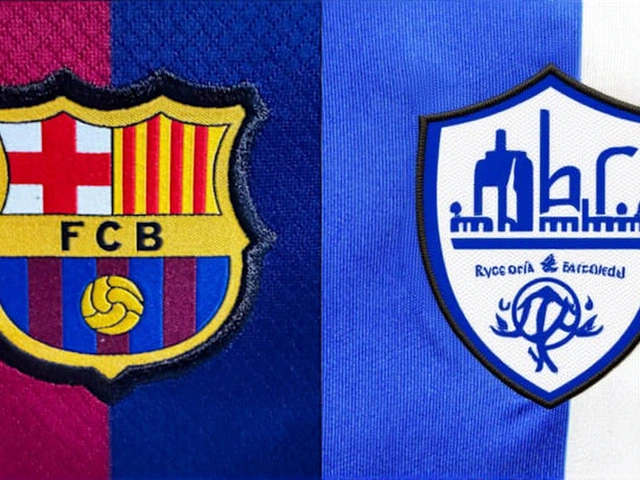Supermoon: A Close-Up Look at Nature’s Brightest Night Spectacle
You might have noticed the moon sometimes looks bigger and brighter than usual. That’s a supermoon, a pretty cool natural show where the moon appears larger because it’s closer to Earth.
So, what makes a supermoon? It happens when the full moon gets near its closest point to Earth in its orbit. Since the moon’s orbit isn’t a perfect circle—it’s a bit oval-shaped—sometimes the moon is further away and other times closer. When it's closest during a full moon, it looks up to 14% bigger and 30% brighter than the furthest full moon.
Why Does a Supermoon Matter?
Besides looking stunning, supermoons don’t just wow skywatchers; they slightly affect tides. Because the moon’s gravity is stronger when it’s closer, we get higher high tides and lower low tides, called 'spring tides.' Though these changes usually aren’t extreme, in some coastal places, they can make a noticeable difference.
People often feel connected to supermoons, using them as a chance to pause and appreciate the night sky. Stargazing during a supermoon can turn an ordinary evening into a memorable experience, especially when the sky is clear and free from city lights. No special equipment needed—just your eyes and maybe a comfy spot outside.
How To Catch a Supermoon
If you want to see a supermoon, check the lunar calendar online or through apps that track moon phases and distances. Supermoons pop up a few times a year, so it’s easy to plan. When you spot one, try to find a place with a clear horizon—watch the moon rise or set near trees or buildings to see a striking optical illusion that makes it appear even bigger.
Don’t miss the fun of sharing the moment with friends or family. It’s an easy way to bring some wonder into your night, sparking curiosity about space without needing to be an expert.
Next time someone talks about a supermoon, you’ll know it’s not just a fancy term but a special moment when Earth and its trusty moon get a little closer, giving us a sky show worth watching.





